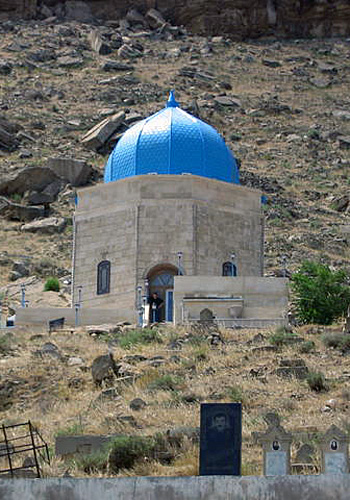![]()
Something else that is relatively brand new in the online history/technology world is the idea of data visualization. Basically, what that means is taking numerical data and displaying the data in a graph, chart, or some other visual form so that you can better see the relationships in the data. There are plenty of examples online now with data visualization, and almost all use some online app to help produce the visualization; some are far more complicated than others. Probably the easiest app to use (and most popular) was Many Eyes, but that's no longer available. The site had a lot of data sets that you could use to create new visualizations. I have been working on some simple data visualizations using census data from Slatington, PA, my old hometown. You can check out my Slatington Historical statistics website to give you an idea of how easy the process of creating a visualization can be. There are several visualizations on the page that use Slatington census data. I have other visualizations available that use Tableau Public. Please have a look at these.
Read my notes on data visualization, which include a list of other data visualization tools (some more complicated than others) and some additional examples of this assignment.
Create a short, simple data visualization (dv). Your dv must
- be devoted to some historical subject (That is a pretty broad option. You should discuss with your instructor some possible sources for your data. Census data, and it does not have to be US census data, is usually pretty accessible.)
- identify a data source to use
- have at least ten data points (preferably more)
- have a short description as part of the dv
- be published and available on the web, using any dv tool
- I have also come across Visualizing.org (a new data visualization tool available on the web). You can program your own visualization and then upload it there. The easiest way to do this is to pick one of the chart examples available from Google, plug in your data, and then upload it.
- Once you have finished the dv, you should email your instructor a short explanation (about one page) of what the dv reveals about the data and the process that you went through to create the dv. This is very important.
- Once you have published your dv, please do not remove it as other students will want to see your example.
